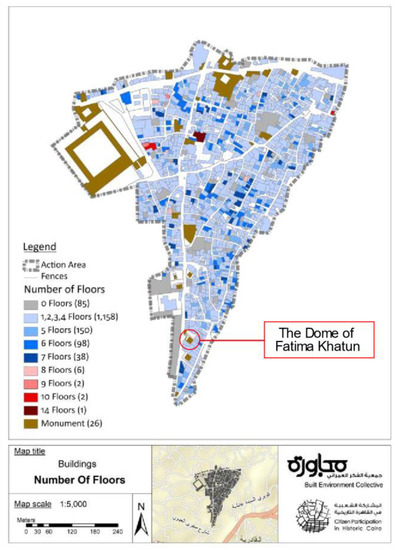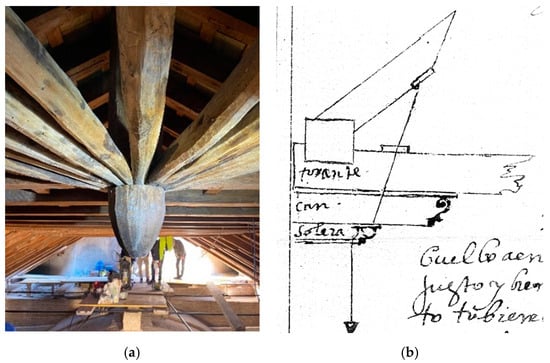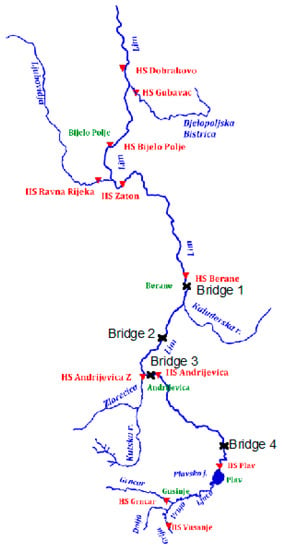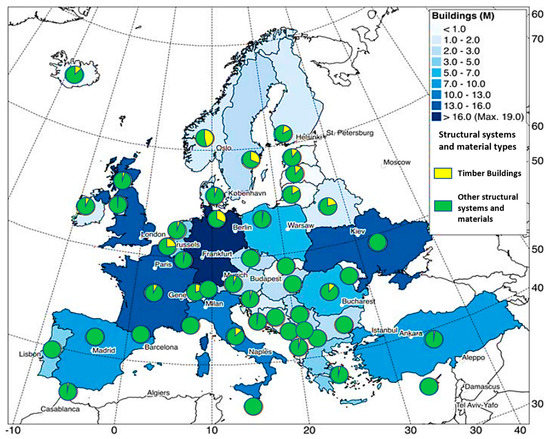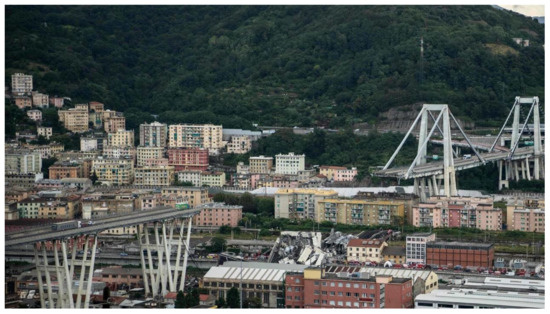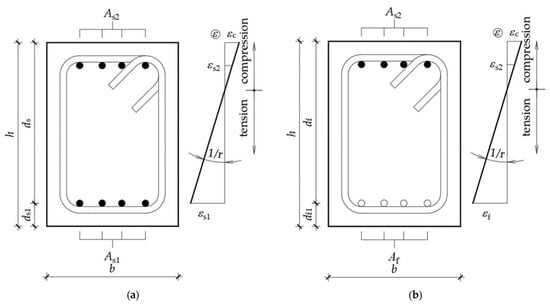The Methods, Tools and Techniques for the Preservation of Existing Structures
A topical collection in Buildings (ISSN 2075-5309). This collection belongs to the section "Building Structures".
Viewed by 29644Editors
Interests: structural assessment; historic structures; timber structures; masonry structures; scan to fem; seismic risk; drones
Special Issues, Collections and Topics in MDPI journals
Interests: civil engineering; composites; construction; structural analysis; earthquake engineering; construction materials; construction engineering; finite element analysis; mechanical properties
Special Issues, Collections and Topics in MDPI journals
Interests: metal and composite structures; structural stability and structural reliability
Interests: assessment of structures; SHM; damage detection; theory of elasticity; static and dynamic testings of structures
Special Issues, Collections and Topics in MDPI journals
Topical Collection Information
Dear Colleagues,
Maintaining the built environment is supported by the global policy of the Kyoto protocol 1997 and all further World Climate Summits on existing buildings and engineering works. Regarding economy and sustainability, it is of great importance for a society to maintain existing building stock instead of demolishing and rebuilding them. The surge of buildings higher consequence class (and the global goals towards sustainable development) typically demand higher levels of reliability. That is why the aims are to modify or extend existing buildings rather than demolition and substitution.
The two earthquakes in Croatia in 2020 caused severe damage to existing building stock and proved once again that society's preparedness is crucial for a better response to natural disasters. To have a better renovation of the cities and society as a whole, knowledge of existing structures is crucial.
This Topical Collection aims to collect original and high-quality papers discussing the tools, methods, procedures for the assessment, monitoring, reconstruction, maintenance and preservation of existing structures. Descriptive papers addressing the existing masonry, concrete, steel and timber structures are welcome. Structural updating, Value of information modelling and reliability analyses in the case of existing structures are highly appreciated.
The main idea of this Topical Collection is to gather a database of methods, tools, and different types of analyses for:
- Assessment of existing structures;
- Heritage preservation;
- The role of material, component, and assembly aspects in the behaviour of existing structures;
- Monitoring of existing structures;
- Use of emerging technologies in the prediction of structural behaviour;
- Advances in numerical modelling of existing structures;
- Decision-making process and reconstruction of existing structures;
- Reliability analyses and standardization in the field of existing structures.
Dr. Mislav Stepinac
Prof. Dr. Tomislav Kišiček
Dr. Ivan Lukačević
Dr. Ivan Duvnjak
Collection Editors
Manuscript Submission Information
Manuscripts should be submitted online at www.mdpi.com by registering and logging in to this website. Once you are registered, click here to go to the submission form. Manuscripts can be submitted until the deadline. All submissions that pass pre-check are peer-reviewed. Accepted papers will be published continuously in the journal (as soon as accepted) and will be listed together on the collection website. Research articles, review articles as well as short communications are invited. For planned papers, a title and short abstract (about 100 words) can be sent to the Editorial Office for announcement on this website.
Submitted manuscripts should not have been published previously, nor be under consideration for publication elsewhere (except conference proceedings papers). All manuscripts are thoroughly refereed through a single-blind peer-review process. A guide for authors and other relevant information for submission of manuscripts is available on the Instructions for Authors page. Buildings is an international peer-reviewed open access monthly journal published by MDPI.
Please visit the Instructions for Authors page before submitting a manuscript. The Article Processing Charge (APC) for publication in this open access journal is 2600 CHF (Swiss Francs). Submitted papers should be well formatted and use good English. Authors may use MDPI's English editing service prior to publication or during author revisions.
Keywords
- existing structures
- seismic design
- assessment
- NDT
- heritage
- numerical modeling
- reconstruction
- urban planning
- monitoring









